What’s trending in the spirit world? (We mean alcohol. Sorry, “Avatar” fans.) Well, since the 1970s, the answer has been vodka in the United States. However, in more recent years, bourbon, rye, and tequila have increased in popularity.
And, very recently, there’s been a newcomer on the scene: sotol. It’s a Mexican spirit similar to tequila and mezcal, but with a different flavor profile. And, it’s very good in a margarita.
We spoke with Luke Slater, who shares his years of experience behind the bar on The Cask Connoisseur, to get all the details on sotol from how it’s made to what it tastes like and why you’re just starting to see it pop up on menus now.
What Is Sotol?
Thanks to tequila‘s increased popularity over the last few decades, agave is now overplanted. And we may be looking at a bust in the tequila industry as early as 2026. Which according to our math is… soon. Enter, sotol.
Sotol, which is usually enjoyed neat, is made from the sotol plant, also known as the desert spoon plant or Dasylirion. The plant, which is actually a member of the asparagus family, is native to the Chihuahuan desert.
The sotol plant dates back thousands of years, tracing its roots to Indigenous groups across the Mexican states of Chihuahua, Coahuila, and Durango, as well as the Chihuahuan Desert that reaches into Texas and New Mexico.
According to Austin Monthly, sotol “was fermented into a beer-like beverage that was used for medicinal and ceremonial purposes” and “the indigenous peoples of the Chihuahua Desert, including the Apache, relied on the sotol plant as a food and fiber source for at least 13,000 years.
The base of the pulpy stems was steamed and consumed like artichoke leaves; once scraped clean, it was used as an eating utensil, hence the plant’s common name, desert spoon.”
When the Spanish conquistadors arrived in the region, they brought with them the copper still… and a whole bunch of infectious diseases. From the former, the indigenous peoples learned how to transform sotol into liquor.
What Does Sotol Taste Like?
According to Slater, sotol has a smooth and earthy taste with just a hint of sweetness. Its flavor profile is of smoky herbs, toasted nuts, and a slightly sweet note. It has aromas of dried fruit and leather.
“It can be a rather complex flavor to describe, though, as depending on how and where it’s made, a bottle can have musky, earthy, or vegetal characteristics,” Slater says. “Whilst in some aged sotols, the wood can bring out the roasted flavors as well as something that is sweet but can also be fruity.”
How Is Sotol Made?
The production process for sotol begins after the farmers have wild harvested the desert spoon plants. The plant is then cut, and the leaves are removed before the heart is chopped into small pieces. The stem pieces are then roasted in an earthen pit to convert the starches into fermentable sugars. (This is the same production process for any TLC reality show, except that begins with harvested souls.)
“After the roasting process, the stem pieces are mashed and then left to ferment with water and wild yeast for several days, ” Slater says. “After fermentation, the mash is distilled in copper stills, and the liquid is then aged in oak barrels for several months to a year.”
Once it’s done aging, the sotol is filtered and bottled. Then, it’s ready to drink.
Why Is It Trending Now?
What makes sotol so trendy? For starters, it’s organic and gluten-free, unlike most beer. It’s also reportedly more environmentally sustainable because the desert spoon’s roots remain in the ground and sometimes, then plant will regrow.
But, it’s also because prohibition shut down Texas’s production of sotol moonshine and Mexico banned the production of sotol in 1920. It wasn’t until 1994 that Mexico lifted its ban on the spirit.
After finally being legalized again, Mexico also granted the spirit a denomination of origin, meaning that you can only call it sotol if it was made in Chihuahua, Coahuila, or Durango. (Kind of like how sparkling wine is only Champagne if it’s made in that region.)
In recent years, sotol distilleries have been popping up of those areas, especially in Texas. And not everyone is thrilled with the introduction of “Texas sotol.”
How Does Sotol Differ From Mezcal or Tequila?
According to Slater, sotol “could be described as a cousin to mezcal and tequila as it is a Mexican spirit, but where those two are made from the agave plant, sotol is made from a different plant.”
But it’s not just its origins that make it different. It’s also got its own taste. Mezcal is smokier, while tequila has a “bright, biting flavor.” Sotol’s profile is “softer, creamier, and more herbal.”
What’s the Best Way to Enjoy Sotol?
When it comes to sotol, he says to enjoy it “neat, on the rocks, or in cocktails.”
Personally, he enjoys it straight up, but he says there are plenty of cocktails that sotol works well in. Basically, if you could put tequila in the cocktail, you could replace it with sotol. And, just as my 22-year-old self vehemently believed, tequila goes in anything. But Slater does have a few drink recommendations.
1. Sotol Paloma
To make a Sotol Paloma, mix equal parts sotol, lime juice, and grapefruit juice. Then, top it off with a splash of club soda and garnish with a lime wheel.
2. Sotol Margarita
To make a Sotol Margarita, mix equal parts sotol, lime juice, and orange liqueur. Then, garnish with a lime wheel.
3. Sotol Sangria
To make Sotol Sangria, mix equal parts sotol, lime juice, orange juice, and tomato juice. Then, top it off with a bit of hot sauce and garnish with a lime wheel.
- The 25 Best St. Patrick’s Day Decorations on Amazon for Your Party - March 9, 2024
- 25 Lavender Recipes That’ll Make You Tickled…Purple - February 29, 2024
- The 20 Best St. Patrick’s Day Cocktails to Enjoy This March - February 19, 2024








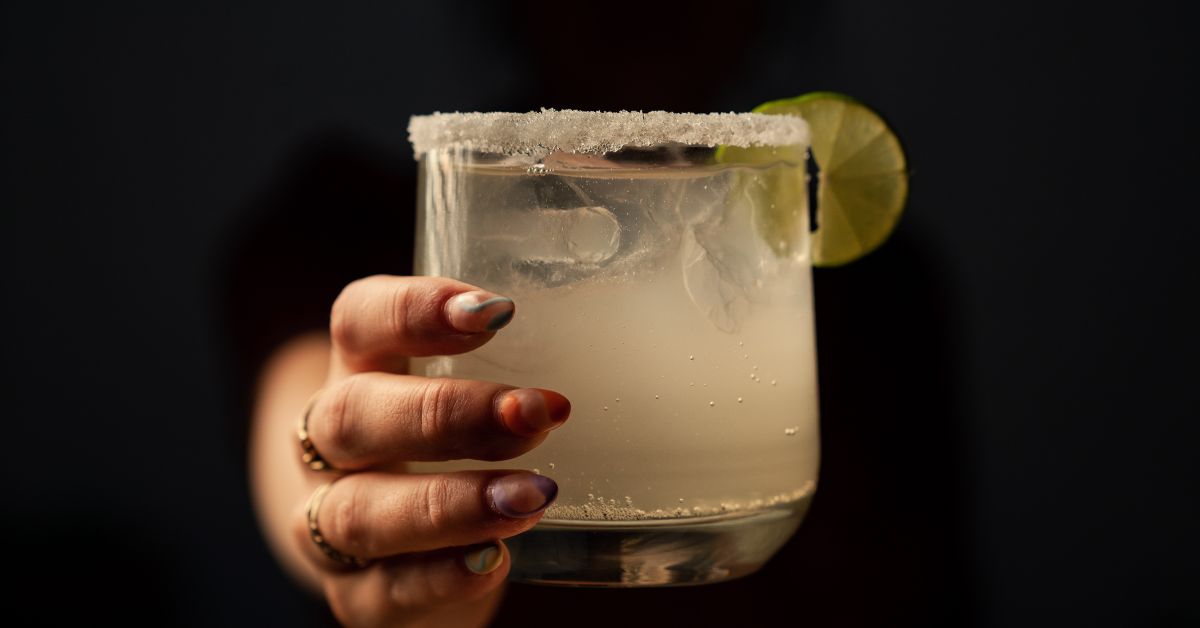
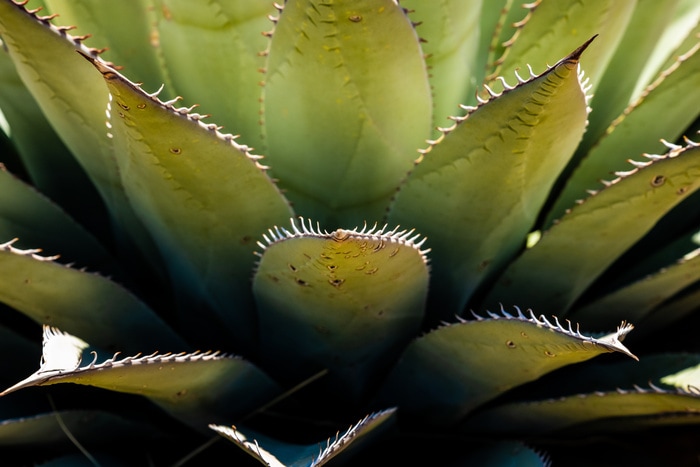

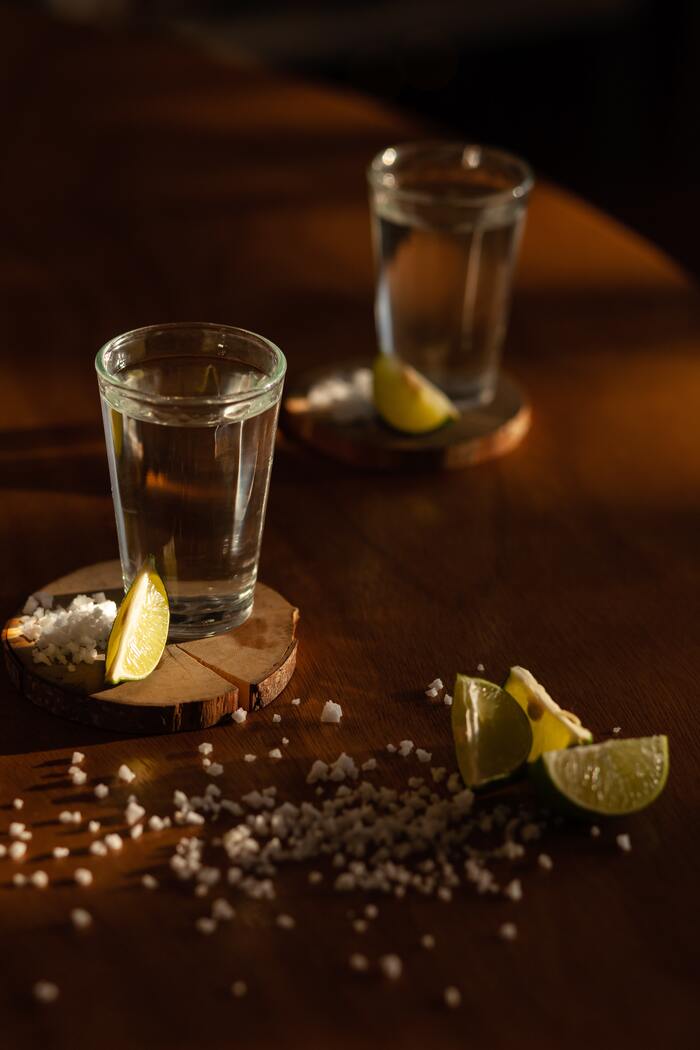
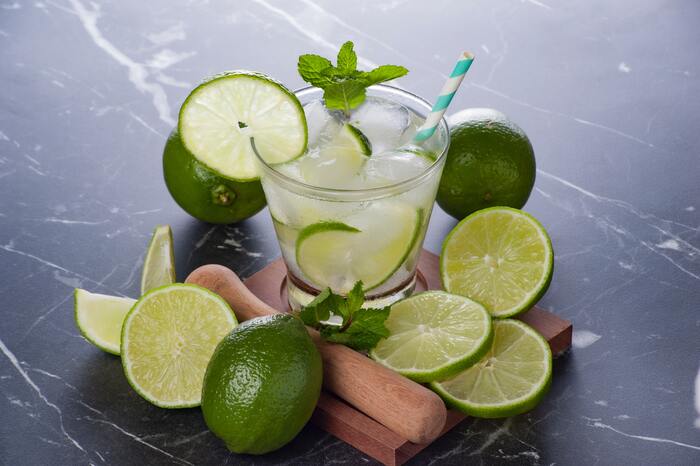
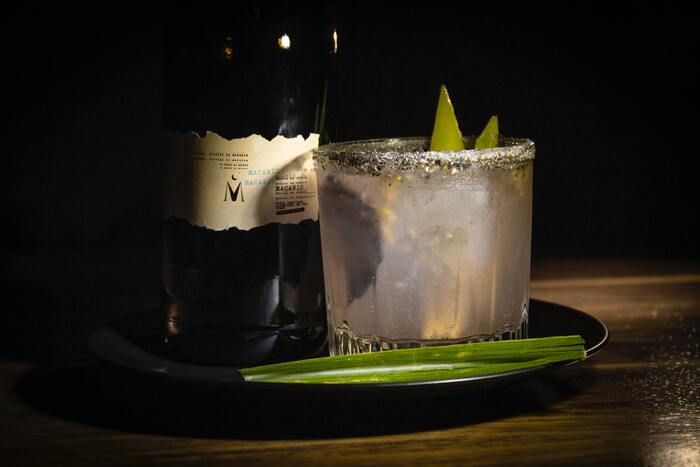
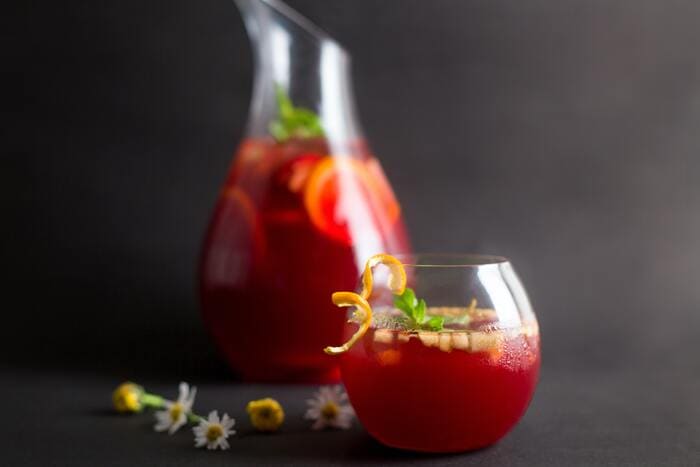




Leave a Comment